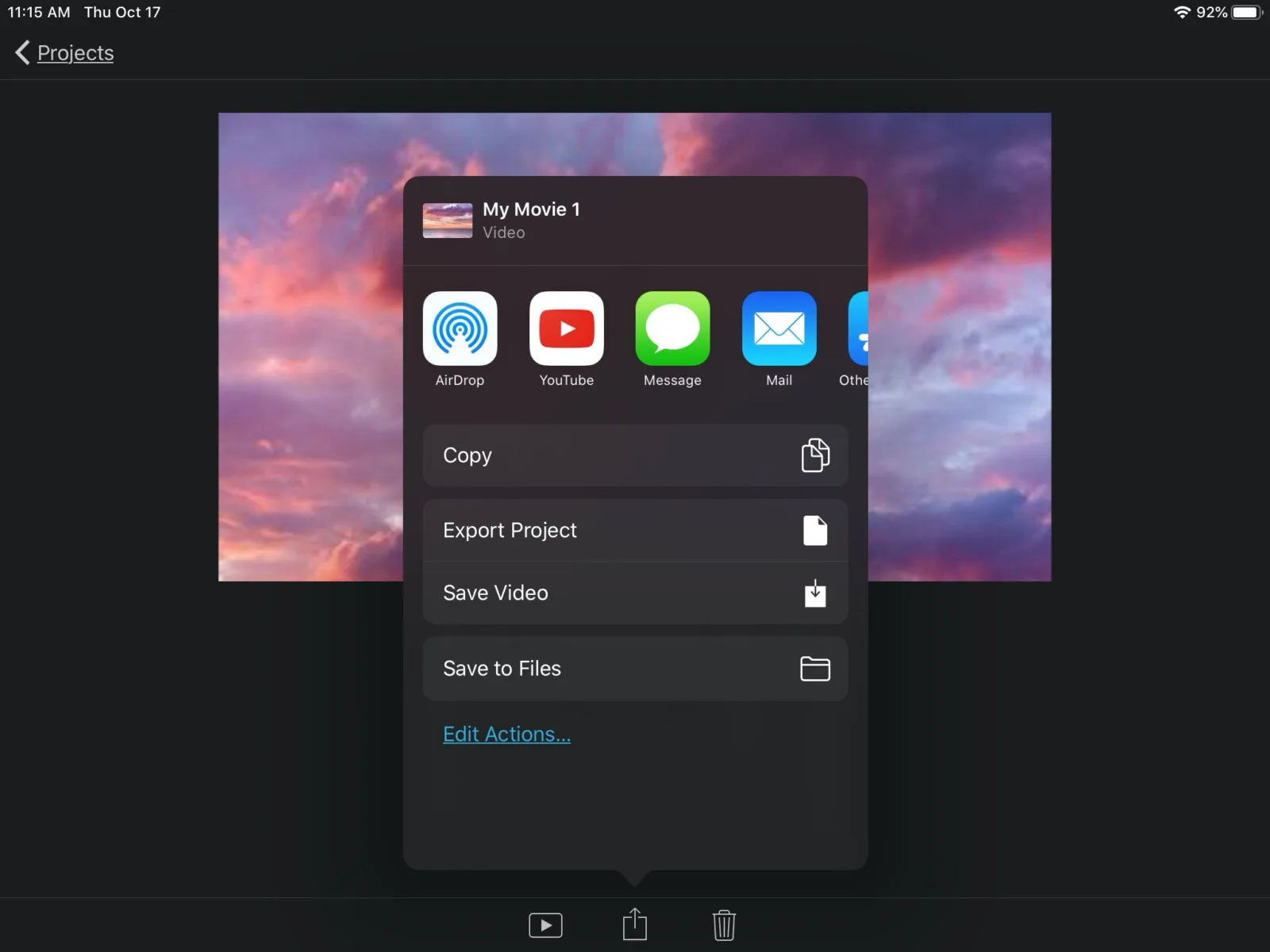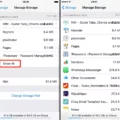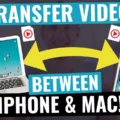Are you looking for a way to export your iMovie projects from your Mac to your iPhone? If so, you’ve come to the right place! In this blog post, we’ll be discussing the basics of iMovie and how to export projects from iMovie to your iPhone.
iMovie is a powerful video editing software that allows users to create and edit movies on their Macs. It has a wide variety of features and tools that can help you create stunning videos with ease. With its intuitive user interface, it’s easy to get started with iMovie quickly, even if you’re new to video editing.
Once you’ve completed your project in iMovie, the next step is to export it so that it can be viewed or shared with others. The process for exporting an iMovie project from your Mac will depend on which version of the software you are using.
For users of the latest version of iMovie (10.1 or later), exporting a project is relatively straightforward. Simply select the Share button in the Project Details screen, then choose one of the options available, such as AirDrop or Save To Files. Once you have chosen an option, click Done and then follow any other prompts that appear onscreen. Your project will now be exported and ready for viewing or sharing.
If you are using an older version of iMovie (10 or earlier), then the process is slightly different. You will need to first export your project as a movie file (using either MP4 or MOV) and then transfer it via AirDrop or another method such as email or iCloud Drive. To do this, open QuickTime Player and click File > Export As > 4K (or 1080 if 4K isn’t available). Now right-click on the newly exported file and select Share > AirDrop > Select your device from the list. Once it is transferred over successfully, open up your Photos app on your iPhone and locate the video file there – it should now be ready for viewing or sharing!
We hope this blog post has helped inform you about how to export iMovie projects from Macs to iPhones! Whether you’re creating stunning home movies or professional-level videos, make sure that all of your hard work pays off by getting them into the hands of those who need them!

Importing an iMovie Project to an iPhone
To import an iMovie project to your iPhone, you’ll need to open the project on your Mac first. Once you have the project open, tap the Share button on the project details screen. Then tap Options, tap Project, and select either AirDrop or Save to Files. If you choose AirDrop, you can share the project wirelessly to a nearby iPhone. If you choose to Save to Files, you can save the project to your iPhone, iPad, or iCloud Drive and then retrieve it with your phone later.
Transferring iMovie to a Phone
To transfer an iMovie to your phone, you will first need to export it from iMovie. Make sure to use the highest settings possible for the best quality. Once exported, open the file with QuickTime and click File -> Export As -> 4k (or 1080 if 4k is not available). Right-click on the newly exported file and select Share -> AirDrop. Then, select your device from the list to send the file to your phone.
Can iMovie Export MP4 Files for iPhone?
Yes, iMovie can export MP4 and MOV video files for use on iPhone devices. To do this, click the ‘Options’ button next to the ‘Export’ button, then select ‘Movie to MP4’ from the drop-down menu. Once you have made your selection, click ‘Export’ and your video will be converted into a format compatible with iPhone devices.
Transferring iMovie from Mac to iPhone
Yes, you can transfer iMovie from your Mac to your iPhone. To do this, open the iMovie app on both your Mac and your iPhone. On your Mac, go to File > Share > AirDrop and select your iPhone from the list of available devices. On your iPhone, accept the transfer request that appears onscreen. Once the file has been transferred successfully, you will be able to open it on your iPhone in the iMovie app.
Exporting Issues with iMovie
It is possible that you are unable to export your iMovie because the storage space on your device is running out. It is also possible that there is a corrupted video file in your project or you have used an invalid export file name. Finally, it could be due to an unknown bug. To solve this issue, try freeing up some storage space on your device, checking for any corrupted video files, and making sure the filename you are using for export is valid. If none of these solutions work, then it could be a bug with the software and you may need to contact Apple Support for further assistance.
Troubleshooting IMovie Export Issues on iPhone
There could be a few different reasons why iMovie isn’t exporting your movie on your iPhone. Firstly, check that the file size of your movie doesn’t exceed the maximum size limit of 4GB imposed by iMovie when exporting to an iPhone. If the file is too large, you will need to reduce its size before attempting to export it. Secondly, make sure that the video format you are attempting to export is compatible with the iPhone. Generally, iMovie supports .mp4 and .mov formats for iPhones. If you are trying to export a video in a different format, such as .avi or .wmv, iMovie won’t be able to export the file correctly. Finally, check if your iPhone has enough storage space for the movie you are trying to export. If not, free up some space before attempting to export again.
Exporting Video from Mac to iPhone
To export a video from your Mac to your iPhone, you’ll need to use Apple’s iCloud Drive. First, make sure that iCloud Drive is enabled on both devices. Then, open the file on your Mac and choose File > Export > Export to iCloud Drive. This will upload the video file to iCloud Drive and make it available on all of your devices using the same Apple ID.
Next, open the Files app on your iPhone and select iCloud Drive. You’ll then see the video file you just uploaded listed there. Tap it to open it, then tap the Share icon in the upper right corner of the screen. From there, you can choose how you’d like to share the video – whether by email, AirDrop, or other methods.








